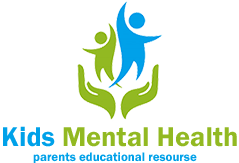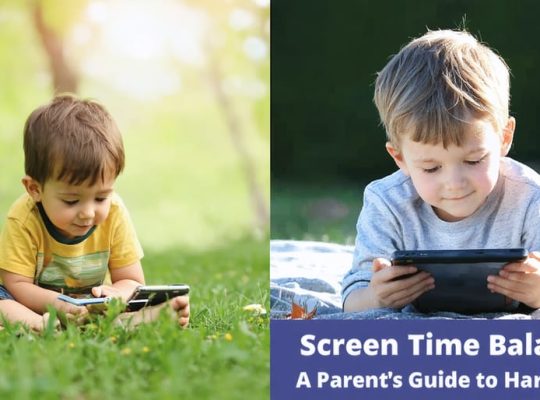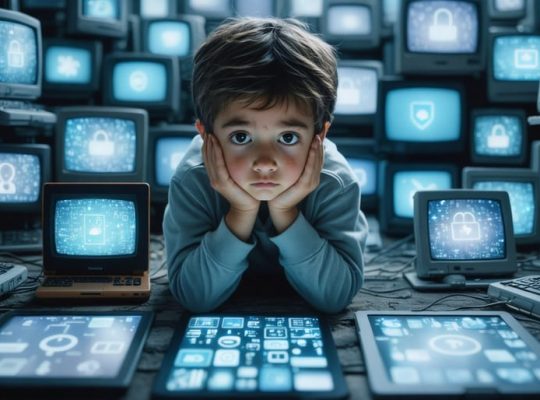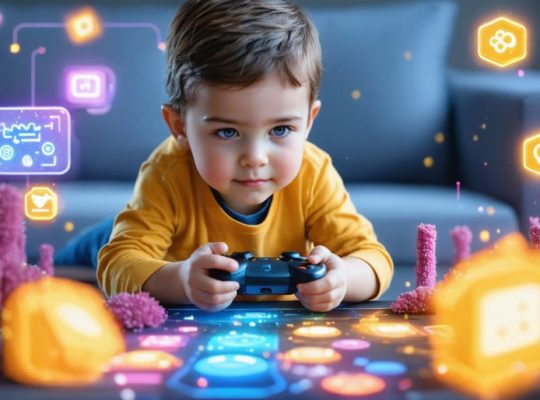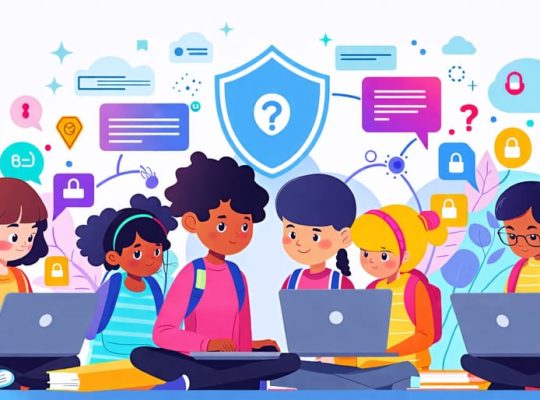Pack up your devices and head outdoors for a nature walk, picnic, or hike to reconnect with the real world and give your mind a much-needed break from constant digital stimulation. Engage in creative hobbies like painting, journaling, or playing a musical instrument to express yourself and find fulfillment beyond the virtual realm. Cultivate genuine human connections by meeting friends for coffee, playing board games with family, or volunteering in your community to build meaningful relationships and combat the isolation of excessive screen time. Establish a regular meditation or yoga practice to ground yourself in the present moment, manage stress, and develop a healthier relationship with technology.
Recognize the Signs You Need a Digital Detox
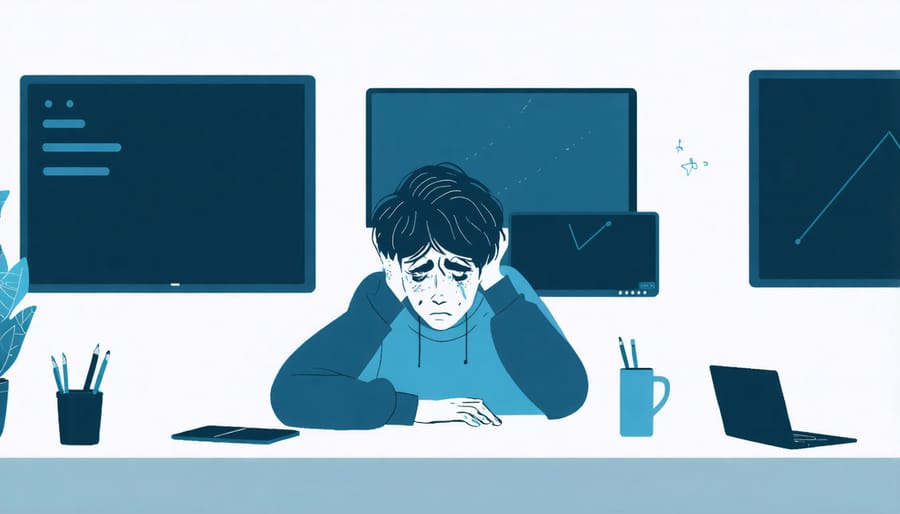
Physical Symptoms
Excessive screen time can take a physical toll on students. Staring at devices for hours often leads to eye strain, blurred vision, dry eyes, and headaches. Poor ergonomic habits while using devices, such as slouching or tilting the head down, can cause neck pain, shoulder tightness, and back discomfort. Additionally, late night scrolling disrupts natural sleep patterns, leading to insomnia, fatigue, and weakened immunity. Students may also experience “text claw” or hand cramping from repetitive phone and keyboard use. If these symptoms sound familiar, it’s time to prioritize physical wellbeing by taking breaks, stretching, using proper posture, and setting boundaries with device use.
Emotional and Mental Symptoms
Prolonged digital device usage can lead to a range of emotional and mental challenges for students. Anxiety and depression may arise from excessive screen time, social media comparisons, or feeling overwhelmed by constant connectivity. Irritability, mood swings, and difficulty regulating emotions are common signs of digital burnout. Some students may turn to digital escapism to avoid real-world stressors, leading to further disconnection and sleep issues. If you notice these symptoms in yourself or your child, it may be time to consider a digital detox to restore emotional balance and mental well-being.
Social and Academic Consequences
Excessive digital device usage can strain relationships with family and friends. Students may prioritize online interactions over in-person connections, leading to feelings of isolation and loneliness. Academically, digital overuse often leads to decreased focus, procrastination, and poorer performance. Late-night scrolling disrupts sleep, resulting in daytime fatigue and difficulty concentrating in class. The constant allure of notifications and social media can prevent students from fully engaging in their studies and extracurricular activities. By taking regular breaks from devices, students create space to nurture face-to-face relationships, improve sleep habits, and enhance their ability to be present and focused in their academic pursuits.
Simple Strategies to Cut Back on Screen Time
Track Your Digital Usage
To track your digital usage, consider using built-in features like Screen Time on iOS devices or Digital Wellbeing on Android. These tools provide detailed breakdowns of your screen time, app usage, and even how many times you unlock your phone. You can set daily limits for specific apps or categories to help curb excessive use. For desktop and laptop monitoring, try apps like RescueTime or Freedom, which track time spent on websites and apps, block distractions, and provide productivity reports. Regularly reviewing your usage data can reveal patterns and motivate you to make changes for a healthier digital balance.
Establish No-Phone Zones and Times
To create healthy boundaries with devices, designate specific zones and times as phone-free. The bedroom should be a no-phone sanctuary, especially before sleep, as screen light can disrupt your natural sleep cycle. Consider leaving devices outside the room overnight. Establish device-free meals to fully engage with others and practice mindful eating. While studying, silence notifications and keep your phone out of reach to minimize distractions and improve focus. Start with brief phone-free periods and gradually extend them. Remember, it’s about creating balance and being present, not completely eliminating technology from your life.

Find Screen-Free Hobbies and Activities
Embrace the joy of offline hobbies and activities during your digital detox. Engaging in sports, art, reading, or other screen-free pursuits can boost your mood, reduce stress, and help you reconnect with the world around you. Joining a sports team or art class provides opportunities to socialize and make new friends who share your interests. Reading books can expand your knowledge, imagination, and empathy while giving your eyes a much-needed break from screens. Exploring various offline hobbies allows you to discover hidden talents and passions that bring you genuine fulfillment. Embracing screen-free activities during your digital detox will help you build a more balanced, enriching lifestyle that supports your overall wellbeing.
Practice Mindfulness and Self-Regulation
Practicing mindfulness and self-regulation can help you be more intentional with your device usage. Try setting specific times for checking notifications and limit mindless scrolling. When you do use your devices, focus fully on that activity. Regularly take screen breaks to stretch, breathe deeply, or do a quick meditation. Check in with yourself and notice any feelings of stress, anxiety or compulsiveness around technology. If needed, have a trusted friend or family member help hold you accountable to your goals. Remember, it’s about balance – devices have benefits too. Work on being more mindful to make the most of your screen time.
Make the Most of Your Digital Detox

Prioritize Sleep and Physical Health
While disconnecting from devices, prioritizing sleep, exercise, and nutrition is crucial for recharging. Aim for a consistent sleep schedule to regulate your body’s internal clock. Even moderate daily exercise like walking or yoga can boost your mood and energy levels. Fueling your body with nutrient-rich whole foods supports both physical and mental wellbeing. Remember, taking care of your physical health is an essential part of any digital detox plan. If you’re struggling, don’t hesitate to reach out to a trusted adult, school counselor, or healthcare provider for guidance and support on your journey to digital-physical balance.
Nurture Offline Relationships
Nurturing offline relationships is crucial during a digital detox. Make time for in-person connections with family and friends. Plan device-free meals, game nights, or outdoor activities together. Have meaningful conversations, share stories, and really listen to each other without digital distractions. Write heartfelt letters to loved ones expressing your appreciation for them. Volunteer together for a cause you care about. These shared offline experiences strengthen bonds and create lasting memories. Remember, the most important connections in life are the human ones, so prioritize quality time with those who matter most.
Pursue Learning and Self-Development
While disconnecting from devices, embrace opportunities for personal growth and learning. Dive into that book you’ve been meaning to read or explore a new genre to broaden your horizons. Consider enrolling in an online course or attending a local workshop to develop a skill you’re passionate about. Volunteering is another fulfilling way to contribute to your community while gaining valuable experiences and perspectives. Engaging in activities that nourish your mind and spirit not only enhances your digital detox but also helps you rediscover joy and purpose outside of screens. Embracing self-development during this time lays the foundation for a more balanced, intentional relationship with technology moving forward.
Practice Self-Reflection and Mindfulness
During your digital detox, dedicate time each day to mindful activities that promote self-reflection and emotional wellbeing. Consider starting a journal to process your thoughts, set personal goals, and track your progress. Engage in guided meditation or deep breathing exercises to calm your mind and reduce stress. These practices can help you develop greater self-awareness, resilience, and focus. Remember, the goal is not perfection, but rather taking small steps towards a healthier relationship with technology and yourself. Be patient and celebrate your efforts along the way.
Conclusion
In conclusion, digital detox can be a powerful tool for students to enhance their wellbeing, academic performance, and overall life satisfaction. By recognizing the signs of digital burnout and implementing strategies to unplug, students can rediscover the joys of face-to-face interactions, pursue hobbies, and engage in mindful activities that promote personal growth. Remember, a digital detox is not about completely abandoning technology but rather about finding a healthy balance that allows you to thrive both online and offline.
If you find yourself struggling to disconnect or experiencing persistent feelings of stress, anxiety, or isolation related to your device usage, don’t hesitate to reach out for support. Talk to a trusted friend, family member, teacher, or mental health professional who can provide guidance and help you develop a personalized digital wellbeing plan. Remember, taking care of your mental health is just as important as your physical health, and a digital detox can be a significant step towards a more balanced, fulfilling life as a student.
